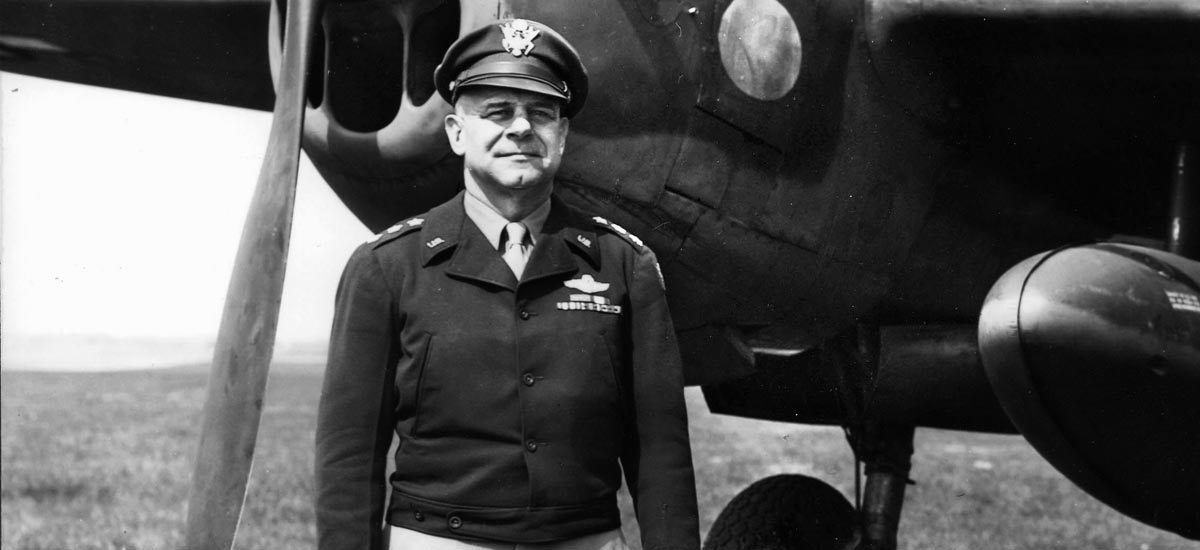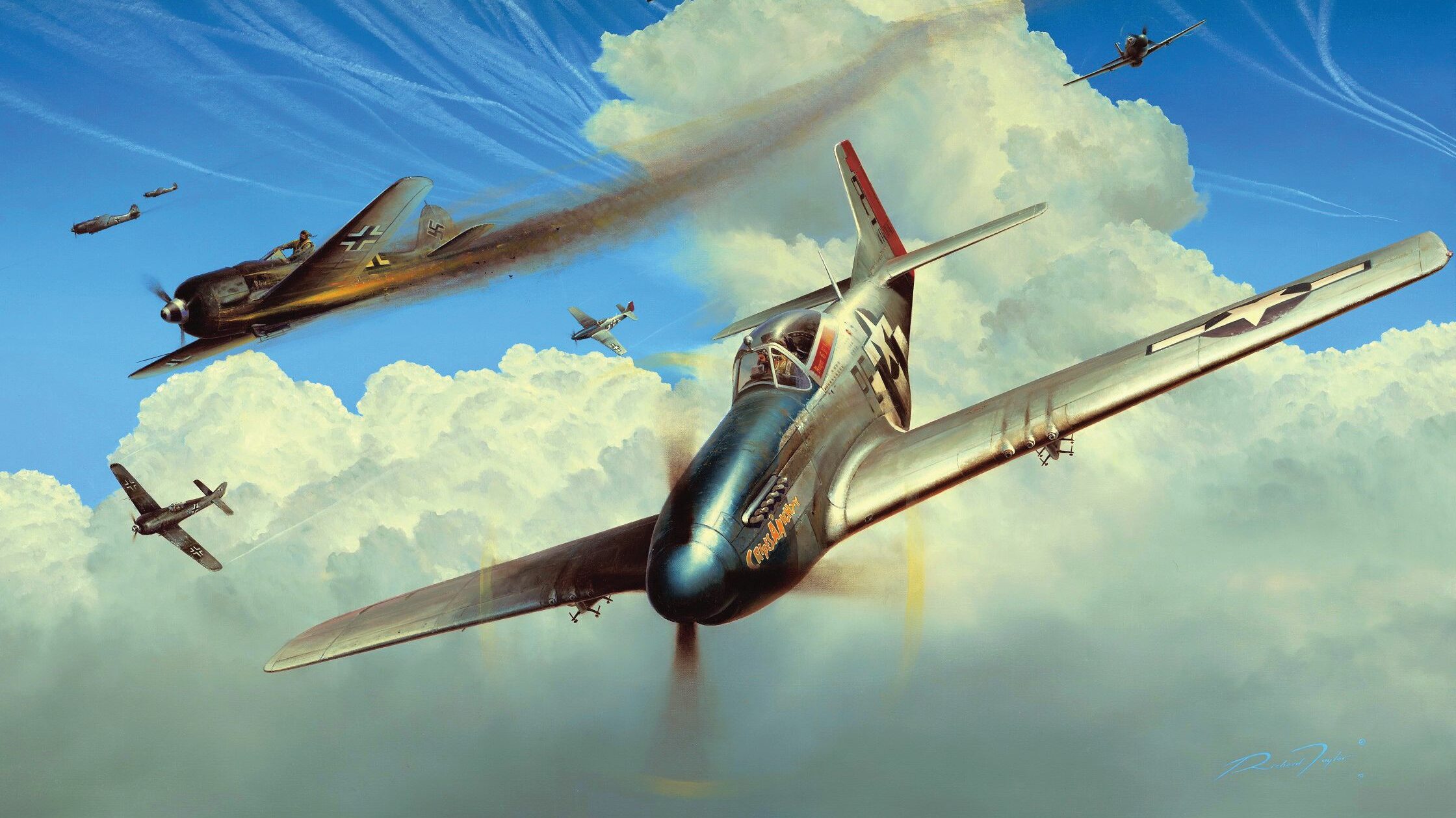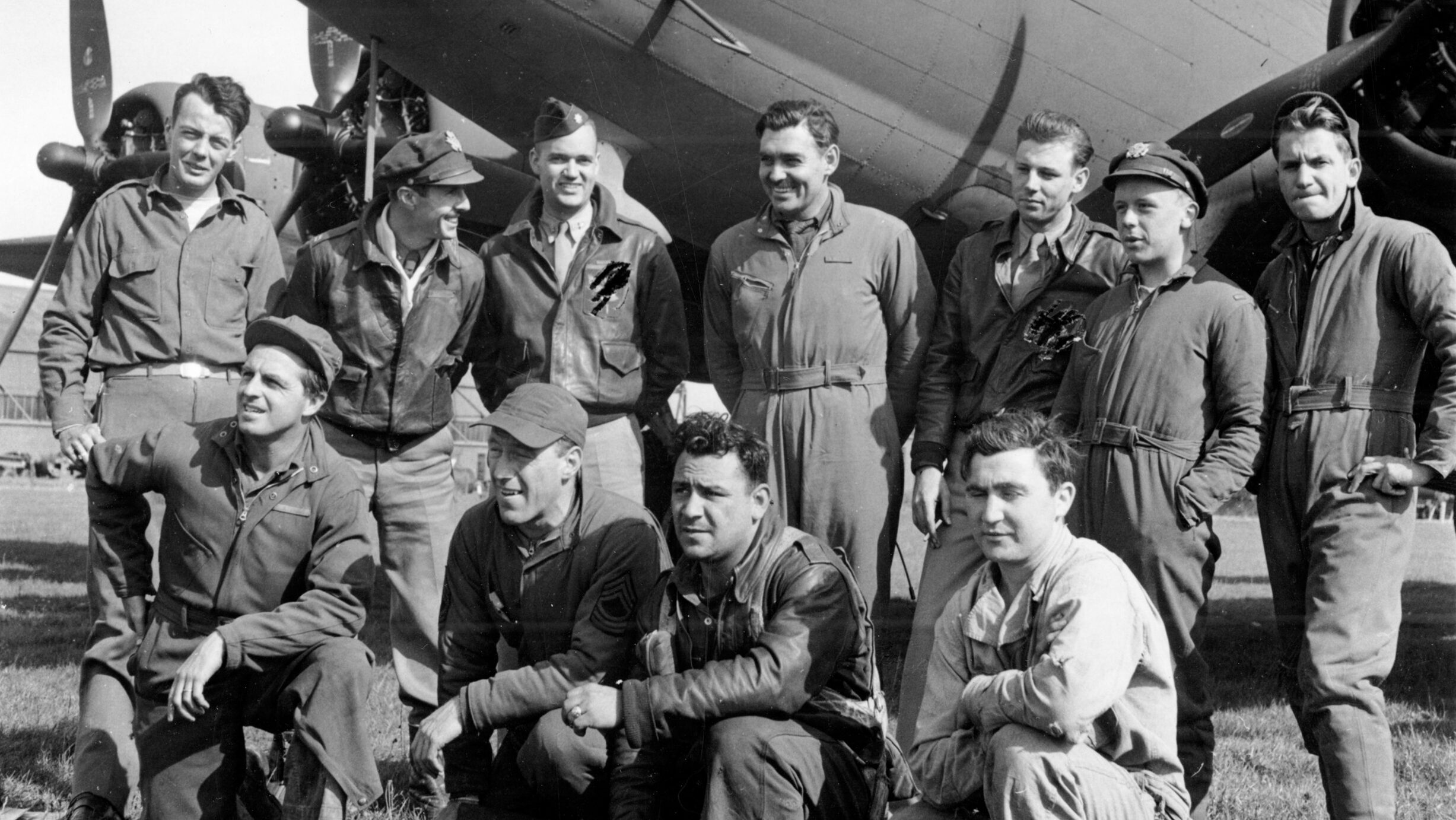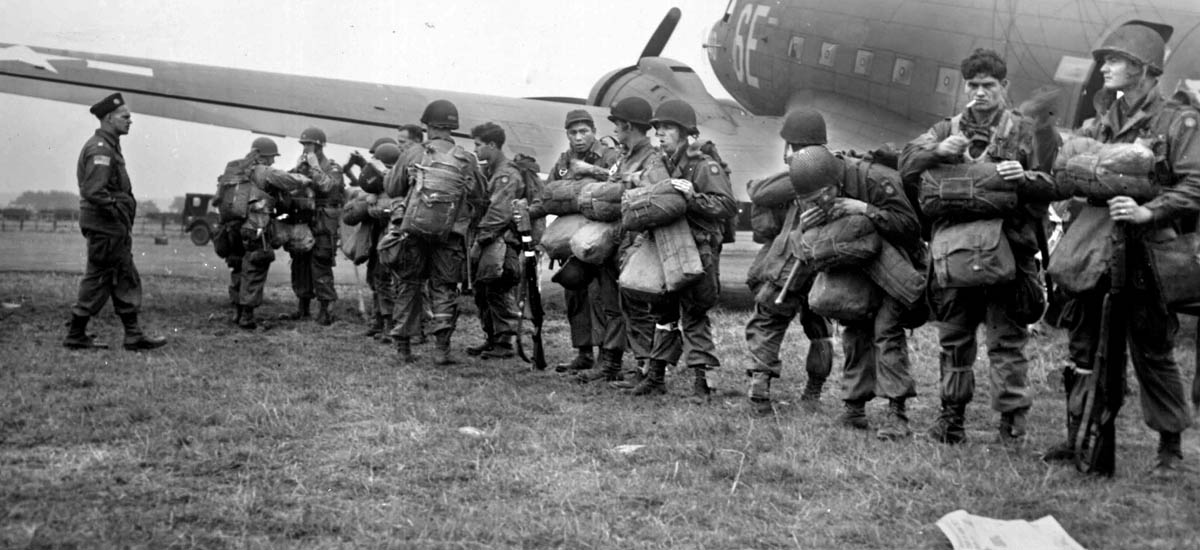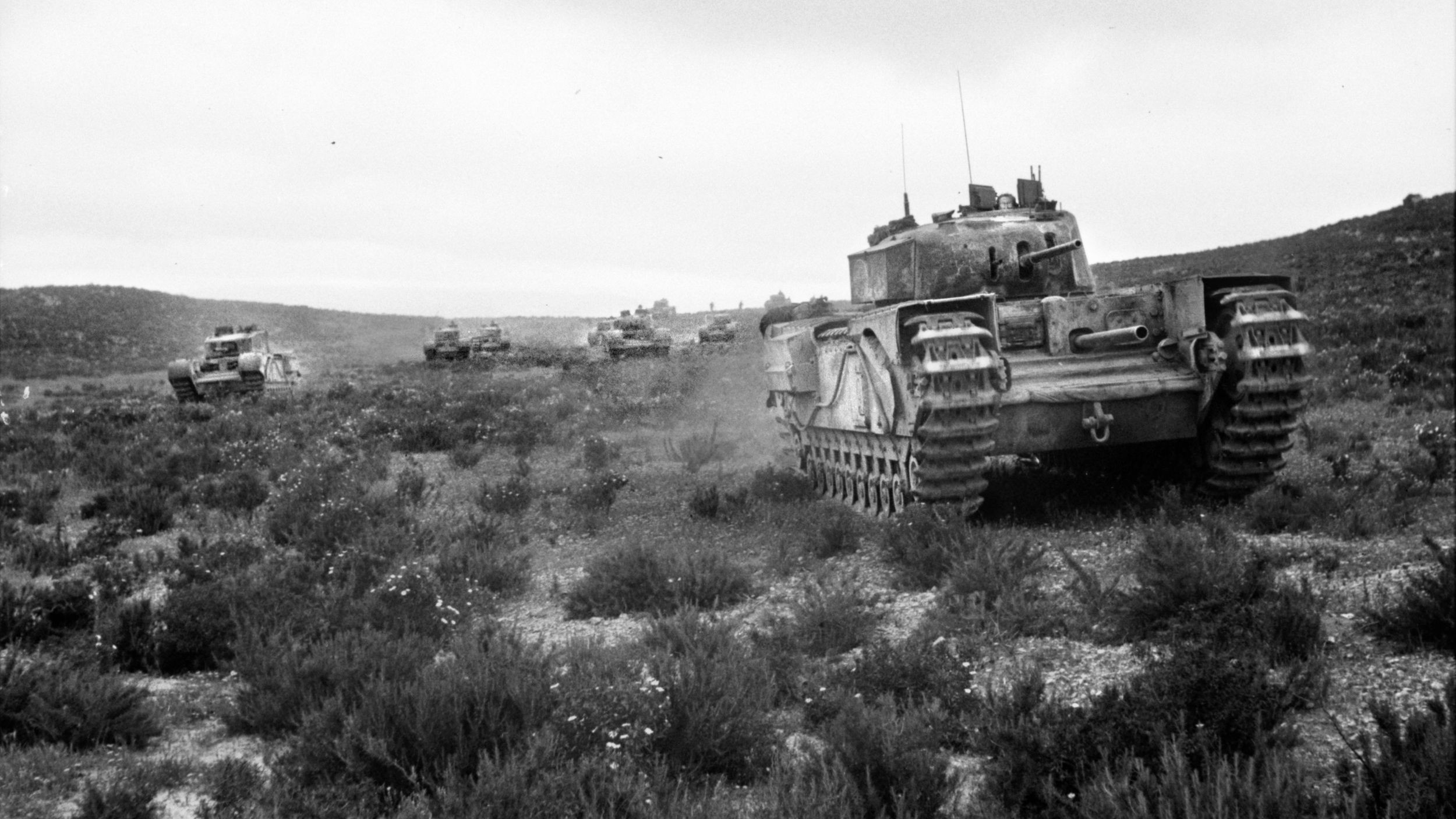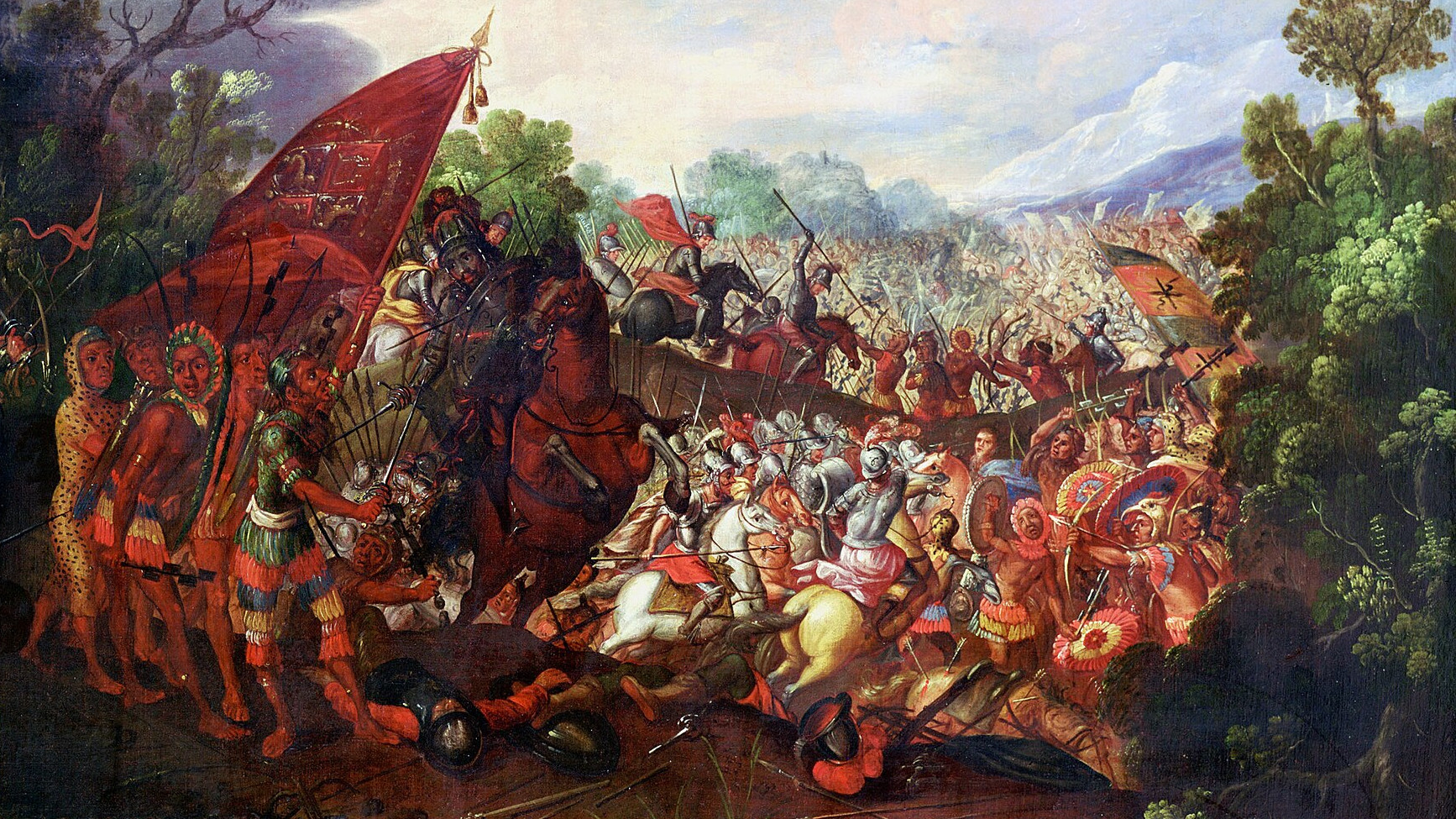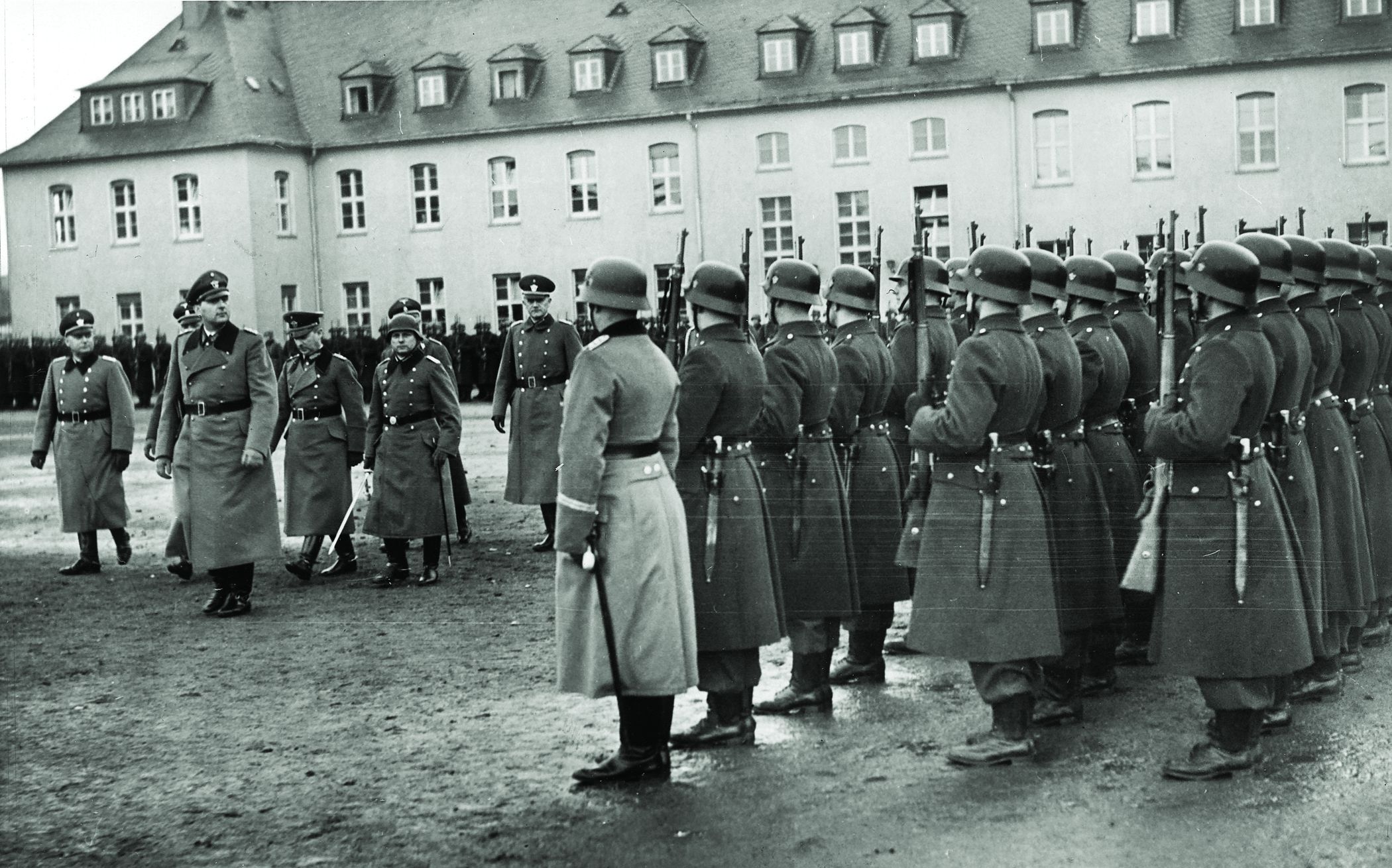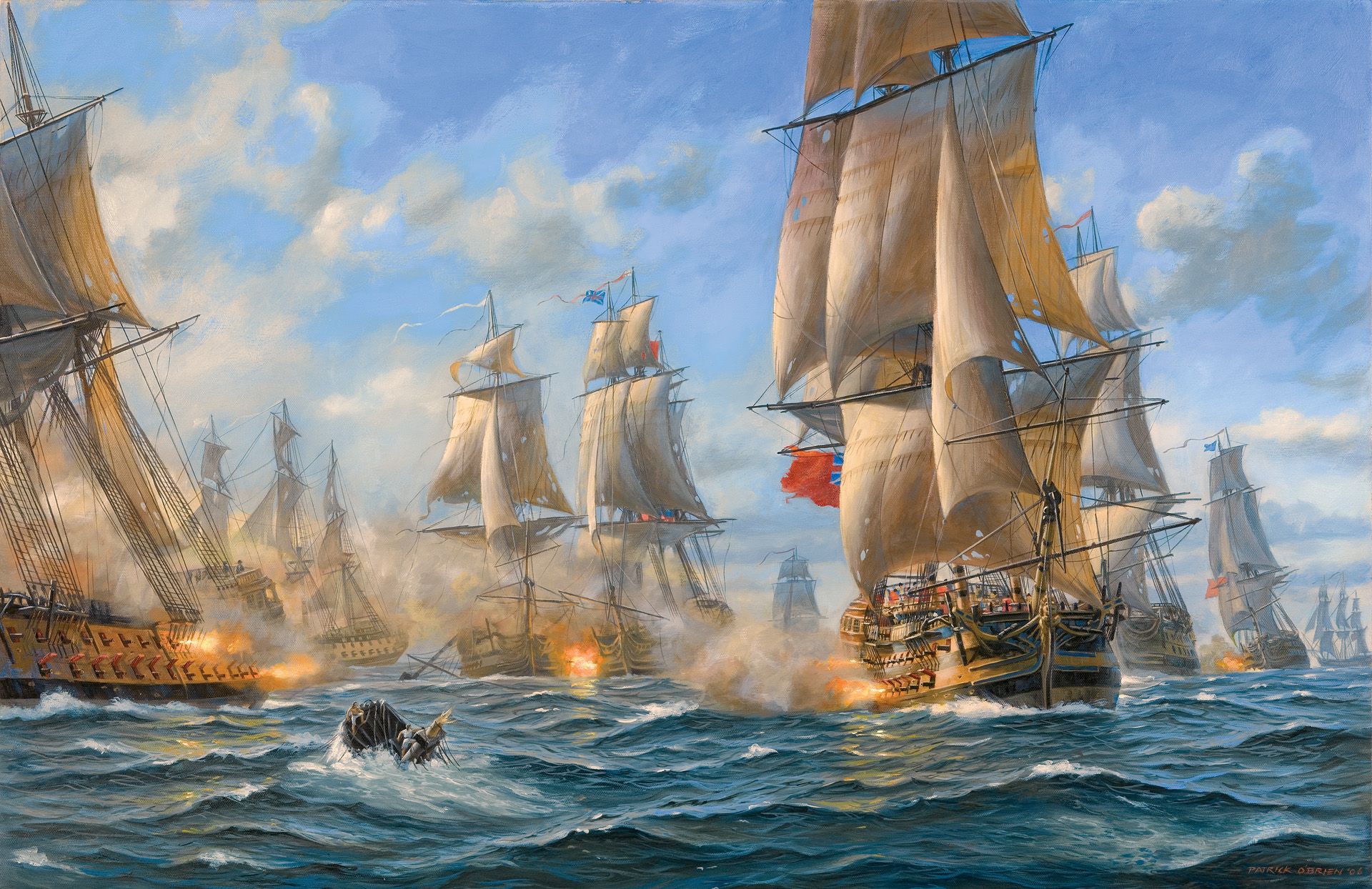By Michael D. Hull
Shortly after the Japanese sneak attack on Pearl Harbor on December 7, 1941, President Franklin D. Roosevelt remarked that he would like to bomb the enemy homeland in revenge as soon as possible. But the distance involved made it seem like wishful thinking, for there were no aircraft then in the U.S. arsenal with the range for undertaking such a mission. Then it occurred to Captain Francis B. Low, the operations officer on the staff of Admiral Ernest J. King, U.S. Navy commander in chief, that Army Air Force bombers could conceivably be launched from the deck of an aircraft carrier in the Pacific Ocean within range of Japan.
The idea intrigued King and AAF planners, and details were worked out by a joint Army-Navy team. Volunteers recruited for the so-called “First Special Aviation Project” were told nothing, except that they would be putting their lives on the line. It would be a one-way mission. Once the planes had left the carrier and dropped their loads on Japan, they would have to seek refuge in either China or Russia.
Twenty-four five-man crews were carefully picked, trained in handling North American B-25 Mitchell medium bombers, and sent to Eglin Air Base in Florida in March 1942. There, Navy pilots showed them how to take off from a patch of airstrip marked out as the width and 500-foot length of the flight deck of the carrier USS Hornet. The twin-engine B-25s were modified for the top secret strike against Japan by the removal of most of their armaments and with the loading of as many spare fuel tanks as they could safely hold.
Eventually, 16 Mitchells and crews were selected for the historic raid. On April 1, while their unchosen comrades looked on with envy, the 16 crews climbed aboard Hornetat the Alameda Naval Air Station in California. After breakfast the next day, the fliers gathered in an empty mess hall to learn the purpose of the mission from their leader. He was short, stocky, affable Lt. Col. James H. Doolittle, a former record-breaking aviator, mining engineer, instructor, oil company executive, and bantamweight boxer. Ironically, he had been born in Alameda.
